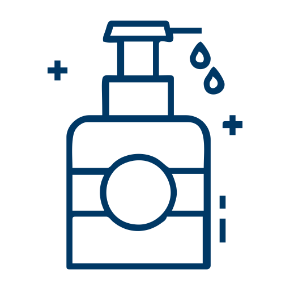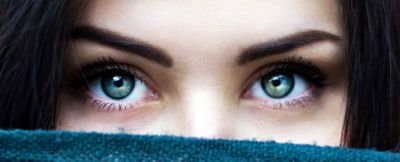Dry eye is the loss or reduction of the eye's ability to produce normal tears. It is one of the most frequent causes of visits to an eye care professional. A variety of factors may cause or contribute to this problem; some are age-related, some are related to the environment. It is a common and treatable condition.
Causes of Dry Eye
Dry eye can come from a number of causes, both physical and environmental. One common cause is when tear glands slow down tear production – a normal occurrence that happens with age, especially in women going through menopause.
Tear quality may also be the cause of dry eyes. In a normal tear, there are three components – water, mucous, and oil. These three components work together to provide the proper amount of moisture, distribute moisture evenly across the ocular surface, and prevent evaporation that can cause eyes to become dry. If any of the three components is compromised, the eye may not get the nourishment and protection it needs. Most commonly, there is not enough oil in the tears, leading to the evaporation that causes dry eye.
Diminished tear production may be associated with certain medications, such as antihistamines, birth control pills, diuretics, high blood pressure medicines, heart medicines, pain relievers, and anti-inflammatories, and certain medical conditions, such as diabetes, rheumatoid arthritis, or thyroid problems.
Signs and Symptoms of Dry Eye
Regardless of the cause of dry eye, the signs and symptoms are similar. An eye care professional can diagnose dry eye through a comprehensive exam, observing tear flow and quality, as well as examining the ocular surface and eyelids for the following:
- Eye redness
- Eye irritation
- Watery eyes
- Eye stinging or burning
- Difficulty wearing contact lenses
Your eye care professional will evaluate your eye condition to determine if you have dry eye and what may be causing it.
Treatment for Dry Eye
Dry eye is treated in a number of ways, to help soothe the symptoms or treat the underlying cause. The most common forms of treatment for dry eye include:
- Minimize drying: avoid dry situations, such as an overheated room, wind or smoke. Outdoors, wear wraparound glasses to reduce drying effect of the wind.
- Artificial tears: comforts eyes by supplementing natural tears, commonly used for mild cases of dry eye
- Prescription eye drops: stimulates the production of natural tears, or inhibit ocular surface inflammation







